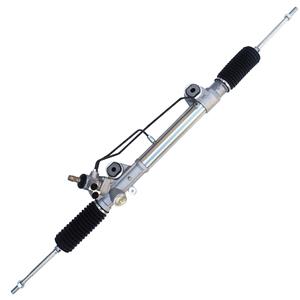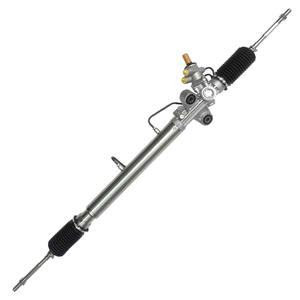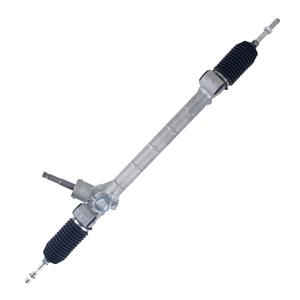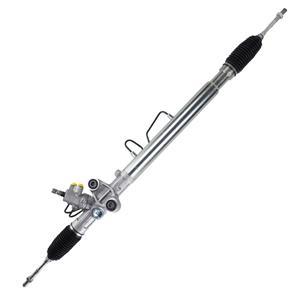How do I test if my steering rack and pinion is working properly?
The steering system is a vital part of the car, and the steering rack and pinion is the core component. As the key mechanism connecting the steering wheel and the wheels, the rack and pinion ensure that the driver's instructions can be accurately transmitted to the wheels, thereby controlling the direction of the vehicle. However, over time and with the use of the vehicle, the steering rack and pinion may wear or fail. Therefore, regularly checking the status of the steering rack and pinion is essential to ensure driving safety.
In this article, we will explore in detail how to test whether the steering rack and pinion is working properly. This includes some specific test methods and how to judge the working condition of the steering rack and pinion based on the test results.
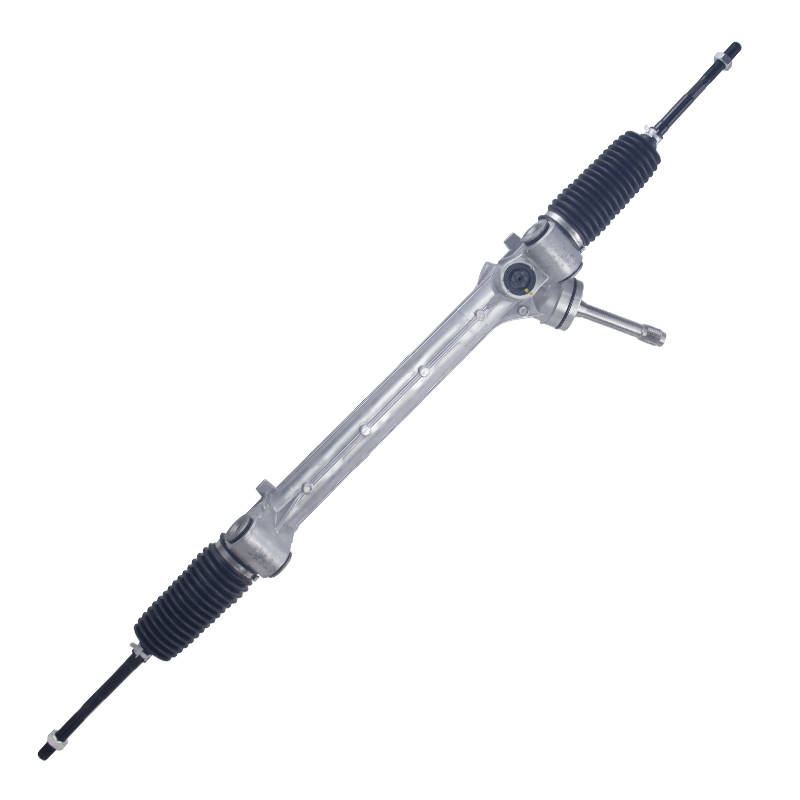
What is the basic principle of the steering rack and pinion?
Before entering the specific test steps, it is very important to understand the basic working principle of the steering rack and pinion. The steering rack and pinion system drives the wheels to turn by converting the rotational motion of the steering wheel into linear motion. When the driver turns the steering wheel, the gear on the steering shaft meshes with the rack, converting the rotational motion directly into the left and right movement of the rack. The movement of the rack transmits the motion to the wheels through the steering tie rods connected at both ends, thereby realizing the steering of the vehicle.
What are the common problems with steering rack and pinion?
Before testing the steering rack and pinion, it is helpful to know some common fault symptoms. These problems include:
1. Sluggish steering: The vehicle's response becomes slow or untimely when the driver turns the steering wheel.
2. Steering wheel does not return to the center position: When the driver turns, the steering wheel cannot automatically return to the center position.
3. Abnormal noise: Unusual noises such as squeaking or clicking occur when turning the steering wheel.
4. Heavy steering: The steering wheel becomes harder to turn than usual, especially when driving at low speeds or parking.
5. Oil leakage: The seal of the rack and pinion fails, causing hydraulic oil to leak.
Knowing these symptoms can help identify the problem when testing and further confirm whether the rack and pinion is faulty.
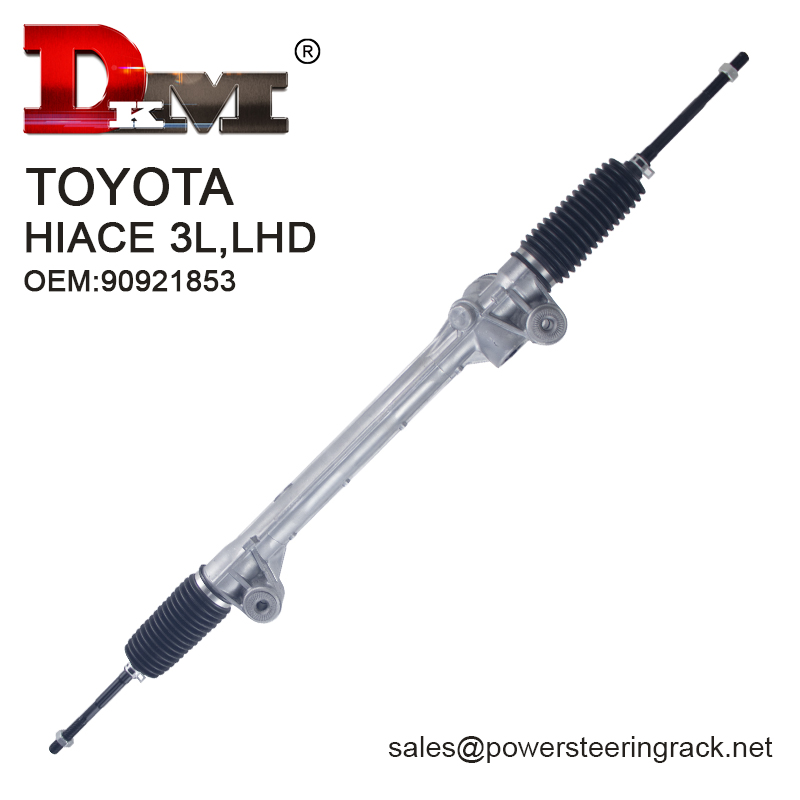
How to test the normality of the steering rack and pinion?
To test whether the steering rack and pinion is normal, you can follow several steps below. Each step is designed to check different aspects of the system to ensure that it is working properly.
Visual inspection
Step 1: Before starting any test, first perform a visual inspection. This is the simplest and most direct step, and it usually reveals obvious physical problems.
● Check the hydraulic fluid: If your vehicle is equipped with a hydraulic power steering system, first check the level of the steering hydraulic fluid. If the level is too low, there may be an oil leak, which is usually one of the signs of a damaged steering rack gear.
● Check for oil leaks: Observe the seals around the steering rack gear for signs of leakage. If you find traces of oil or fluid seeping, this may indicate that the seal is damaged and needs to be repaired promptly.
● Check the condition of the steering rack: Carefully inspect the rack itself to see if there is any obvious wear, rust or other physical damage. If there are obvious cracks or damage on the rack, it may need to be replaced.
Although the visual inspection is simple, it can provide preliminary information about the physical condition of the steering rack gear and provide direction for the next in-depth test.
Operational Test
Step 2: The operational test is to determine the condition of the steering rack gear by directly operating the steering wheel.
● Steering wheel free travel: With the engine off, gently turn the steering wheel and observe its free travel (i.e. the range of rotation without resistance). If the free travel is too large, it may indicate that the rack or pinion is worn and loose.
● Low-speed steering test: Start the engine and drive the vehicle easily, especially at low speeds to test the response of the steering wheel. If the steering wheel feels heavy or sluggish when turning, this may be caused by damage to the rack and pinion or a problem with the hydraulic system.
● Return test: Perform a small steering operation during driving, then release the steering wheel to observe whether it can return to the center automatically. If the steering wheel cannot return to the center by itself, it may be that the rack and pinion are worn or there is resistance in the system.
● Check for abnormal noise: While performing the above operations, listen carefully for abnormal noises during the steering wheel rotation. If you hear squeaking, clicking or other abnormal sounds, it usually means that there is a problem with the rack and pinion, such as worn gears or loose connections.
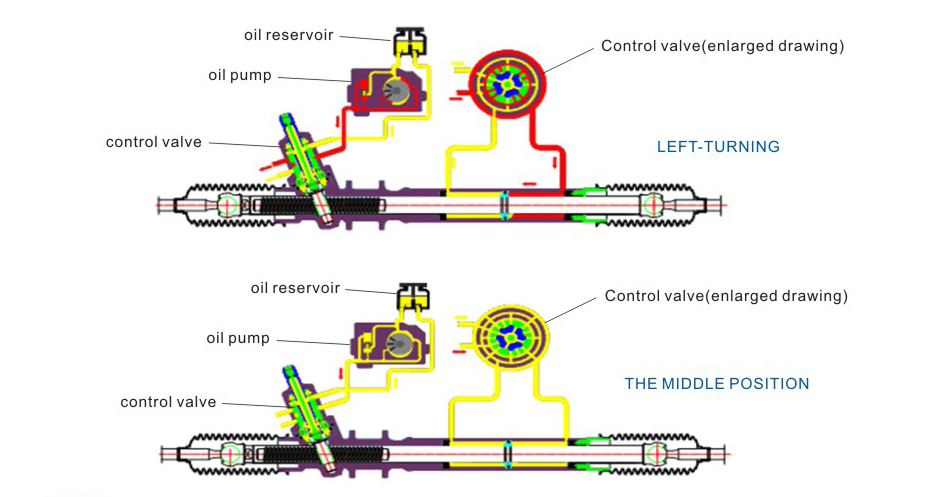
Road test detection
Step 3: The road test can simulate various operations under actual driving conditions to more comprehensively test the performance of the steering rack and pinion.
● Low-speed turning: While driving at a low speed, make sharp turns to the left and right to check whether the steering wheel operates smoothly and whether the vehicle responds in time. If the steering wheel feels heavy or the wheels do not turn accurately, there may be a problem with the rack and pinion system.
● High-speed driving: Perform a high-speed driving test under safe conditions and observe the stability of the steering wheel at high speeds. If the steering wheel vibrates or sways at high speeds, it may be due to wear of the rack and pinion, or problems with the tires or suspension system, but it is still necessary to check the status of the steering system.
● Emergency lane change: Simulate an emergency lane change operation and observe the vehicle's response speed. If the body is sluggish or the steering wheel feedback is abnormal, there may be a problem with the rack and pinion.
Lifting test
Step 4: Use a car lift to check the status of the steering rack and pinion more thoroughly, especially when the tires are not in contact with the ground, operate the steering system to detect any abnormalities.
● Check steering looseness: After lifting the vehicle, hold the tire and shake it gently from side to side to observe whether there are any signs of looseness. If there is looseness, it may be wear of the steering rack, pinion or linkage mechanism.
● Check the steering linkage: With the vehicle lifted, check the status of the steering linkage and ball head to confirm that they are not obviously worn or loose. If these parts are badly worn, it may cause the steering system to be unstable.
Evaluation results and next steps
After the above steps, if the following conditions are found, it means that there may be a problem with the steering rack and pinion, which requires further inspection or repair:
● Excessive free travel of the steering wheel: This indicates that the rack or pinion of the steering system is worn and needs further inspection.
● The steering wheel cannot return to the center position automatically: This is usually a manifestation of rack and pinion wear or hydraulic system failure.
● Steering noise: This may be a sign of damage to the rack and pinion, bearings or other steering components.
● Oil leakage: This is a sign of seal failure, and the seal or rack may need to be replaced.
If the above problems are not found during the test, your steering rack and pinion may be in good condition. However, even so, regular inspections are still necessary. The steering system of a car is a very important safety component, and regular maintenance and inspections can ensure your driving safety.
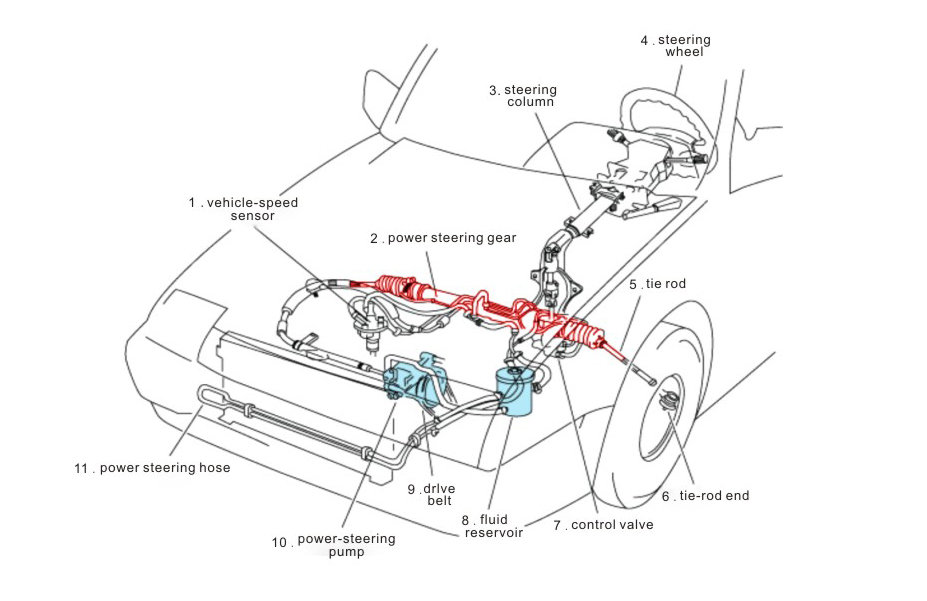
Searching for affordable, high-quality power steering systems? Guangdong Diamond Auto Parts Co., Ltd. is a leading Chinese manufacturer with 300,000-unit annual production capacity. We supply gear-and-rack steering systems to domestic and international clients, including major dealerships and OEMs. With advanced machinery and expert craftsmanship, we offer competitive prices and bulk discounts. Let us be your go-to supplier—contact us for quotes and special offers!

